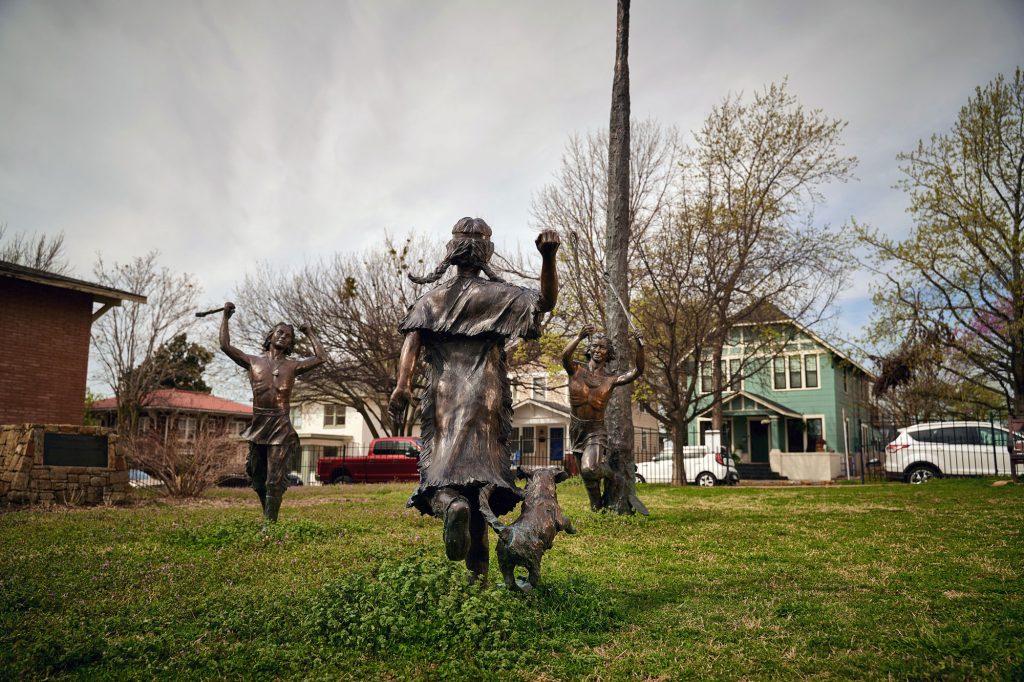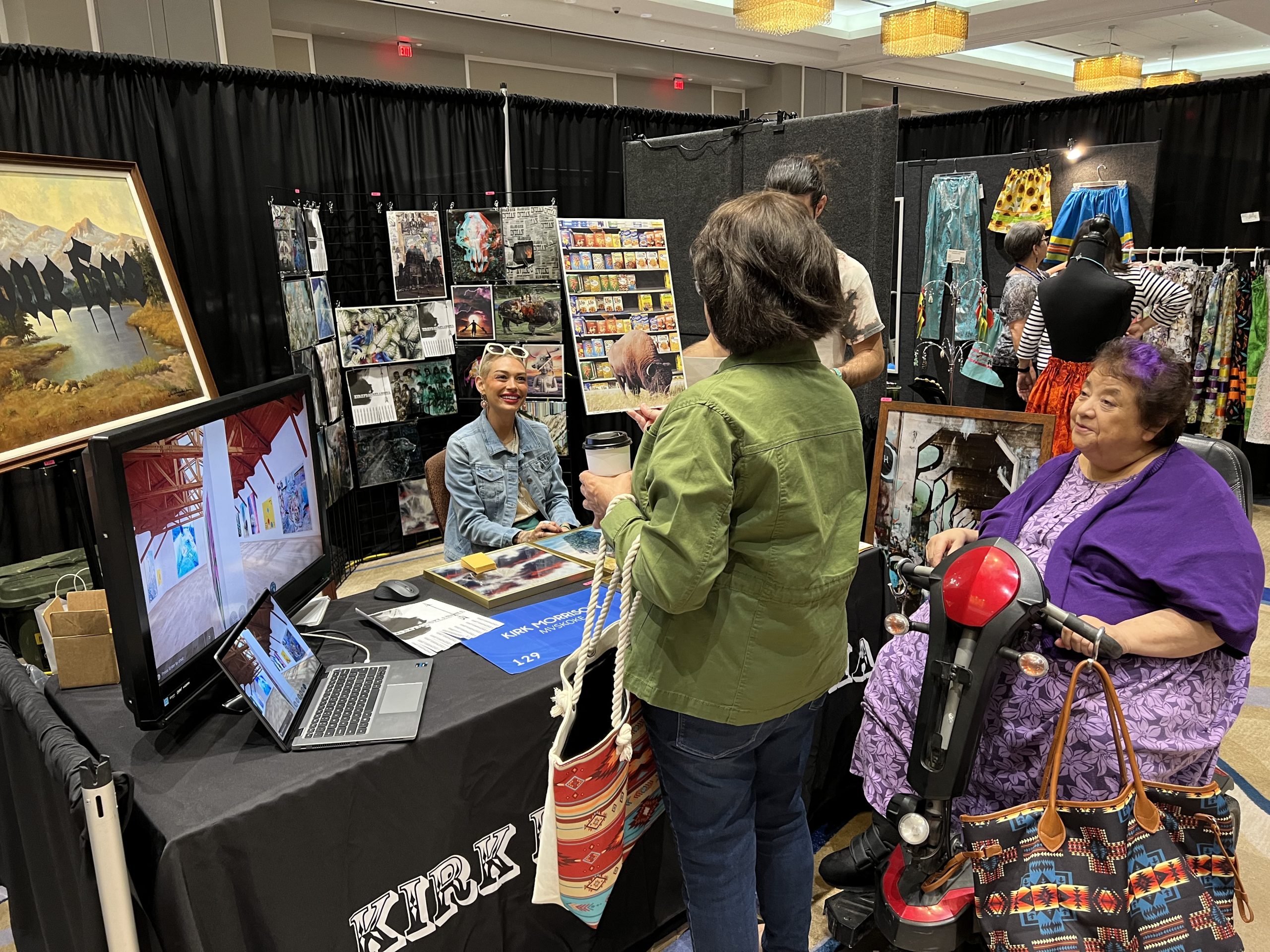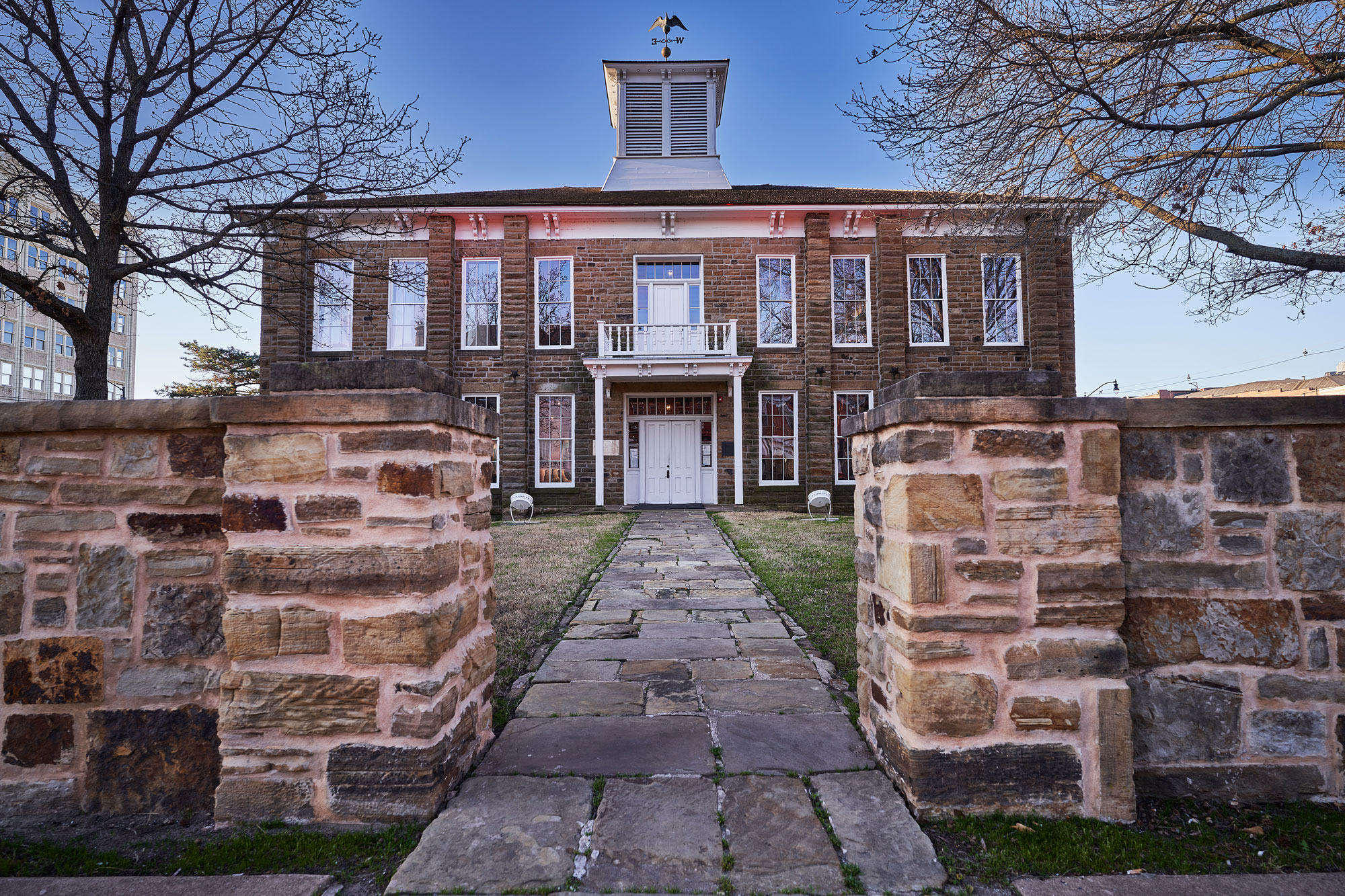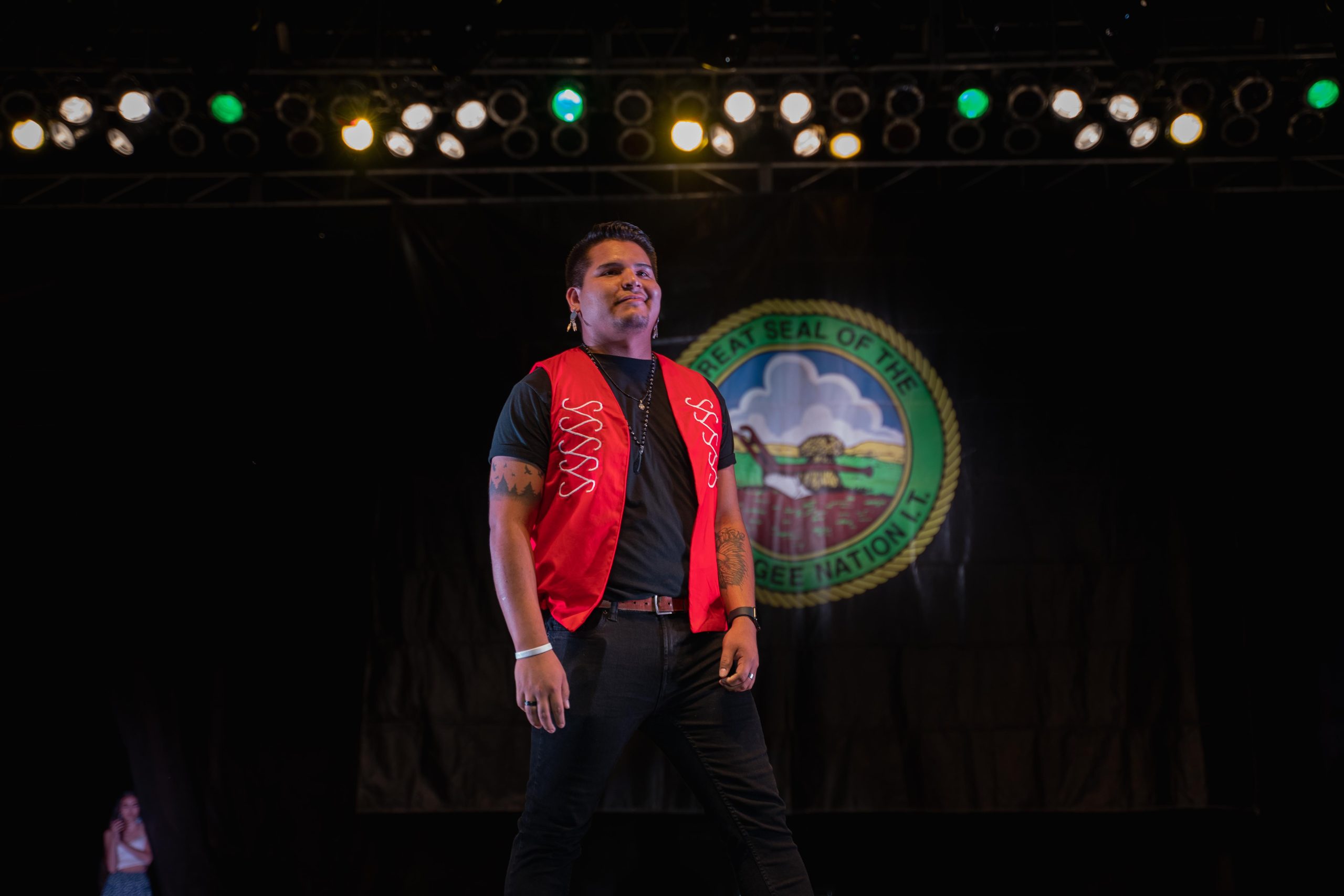Experience Tulsa’s diverse history and see the birthplace of Tulsa at Creek Nation Council Oak Park where the Muscoee people of Locv Pokv arrived in Indian Territory in 1836.

The Creek Council tree, a mature post oak, marks the Locv Pokv tribe’s ceremonial grounds. The U.S. government forced this group of Creek Indians to migrate from Alabama in 1834. In 1836, the clan arrived on a low hill overlooking the Arkansas River, and marked their arrival with a solemn ceremony depositing ashes from their last ceremonial fires in Alabama. In a ceremony proclaiming their arrival and establishing their new home, Muscogee people placed their ashes from their original ceremonial fires in Alabama at the base of a towering oak tree. At this place, on a hill overlooking the Arkansas River, they brought to life a new fire and began to rebuild and reestablish their tribal government.
The Council Oak designated the village as Talasi or “Old Town.” Tulsa (TVLSE) eventually gained its name through later white settlers’ mispronunciations. Creek Nation Council Oak Park is often referred to as Tulsa’s first City Hall. As late as 1896, the Tulsa-Lochapoka gathered here for ceremonies, feasts and games.
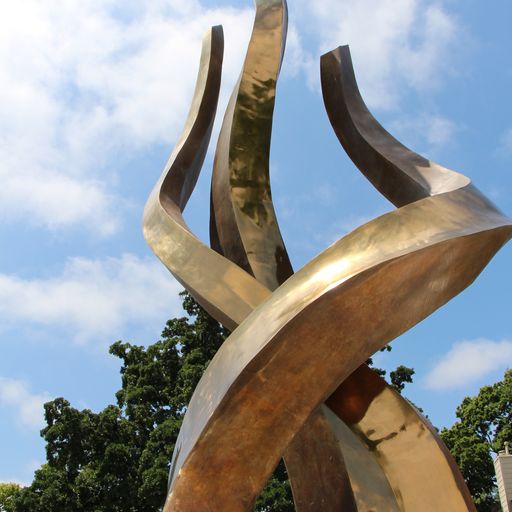
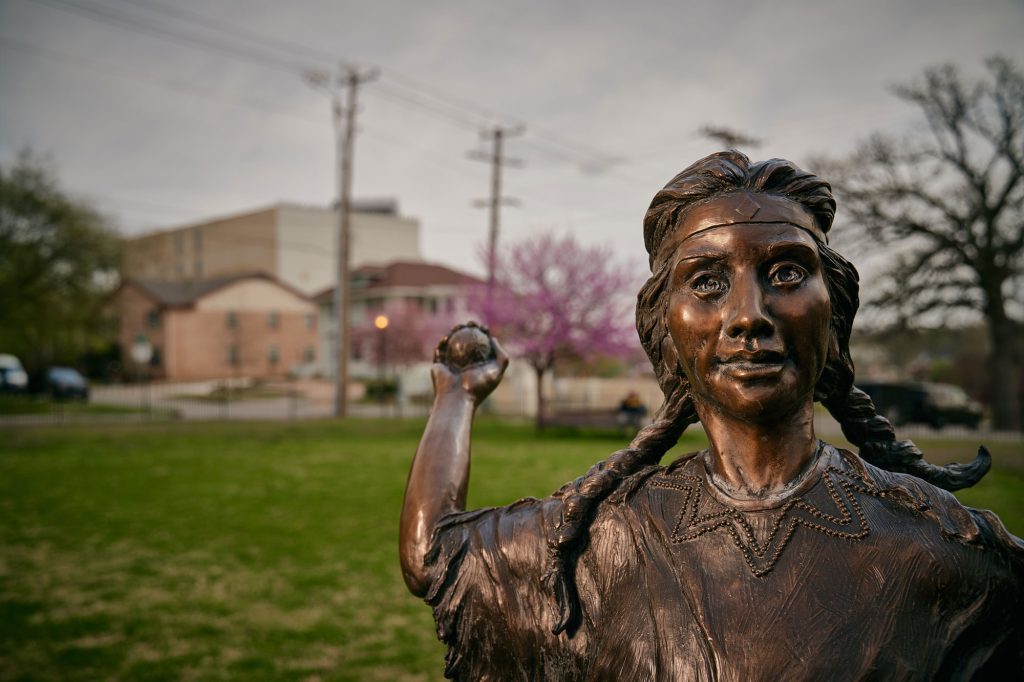
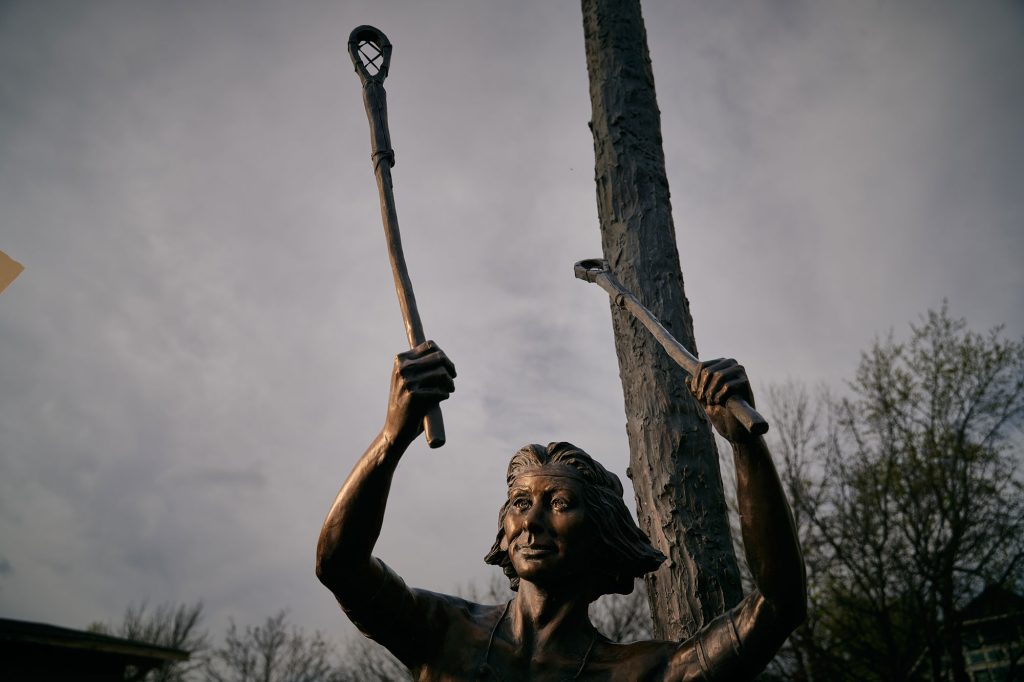
Today, the park still holds annual tribal ceremonies. It also features an ethno-botanical garden displaying plants that Muscogee people Indians used for food, fiber, ceremonial and medicinal purposes. Interpretive signs identify plants and provide information about their purpose. As of September 18th, 2023 Mayor GT Bynum is beginning the process of changing the City of Tulsa’s official seal to note 1836, when The Muscogee (Creek) Nation founded Tulsa. The site, referred to as Tulsa’s first city hall, was listed in the National Register of Historic Places in 1992 and continues to be used for tribal gatherings for the Muscogee (Creek) Nation.
